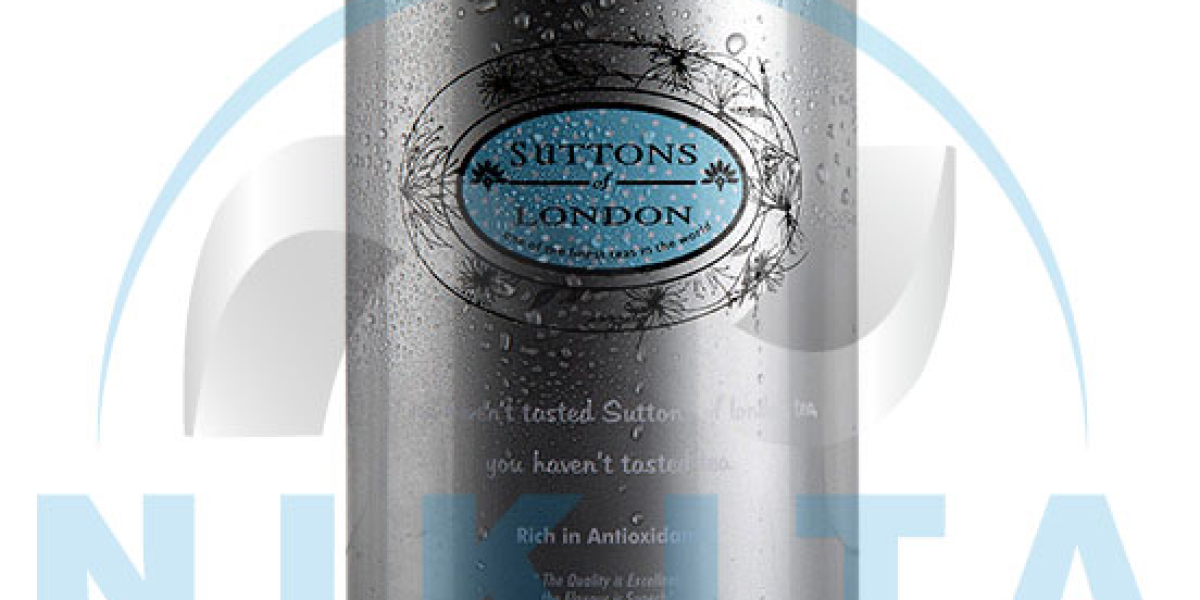Metal food packaging containers are a staple in the food industry due to their durability, versatility, and ability to preserve food. Whether it's for long-term storage or convenience packaging, metal containers are the preferred choice for many products, ranging from canned vegetables to beverages. Understanding the different types of metal food packaging containers and their uses can help manufacturers choose the best option for their products, while also meeting consumer expectations for quality and safety.
1. Cans (Aluminum and Steel)
Overview of Cans
Cans are perhaps the most common and widely recognized form of metal packaging. Available in a variety of sizes and shapes, they are typically made from either aluminum or steel, with each metal offering distinct advantages. Aluminum cans are often used for beverages and lightweight products, while steel cans are more commonly used for canned foods like vegetables, soups, and meats.
Applications
- Beverages: Aluminum cans are the go-to choice for beverages such as soda, beer, and energy drinks. Their lightweight nature, ability to seal tightly, and ability to preserve the carbonation in drinks make them ideal for liquid storage.
- Canned Foods: Steel cans are commonly used for vegetables, soups, meats, and seafood. These containers provide a protective barrier against light, air, and moisture, helping to extend the shelf life of products and maintain their nutritional value.
2. Bottles (Aluminum)
Overview of Aluminum Bottles
Aluminum bottles have gained popularity as an alternative to glass and plastic bottles. They are lightweight, durable, and offer excellent protection against light and oxygen, which are known to degrade certain food products, especially beverages. Unlike traditional cans, aluminum bottles have a more rigid and often more premium appearance, making them suitable for both everyday and luxury beverages.
Applications
- Beverages: Aluminum bottles are often used for premium water, juices, and soft drinks. Their strength and ability to preserve product quality make them a good choice for both still and carbonated beverages.
- Cosmetics and Oils: In addition to food, aluminum bottles are also used for products like cooking oils, sprays, and even cosmetics due to their resistance to oxidation and contamination.
3. Tins (Tinplate)
Overview of Tins
Tinplate is a type of steel that is coated with a thin layer of tin to prevent rust and corrosion. Tins are commonly used for packaging a variety of food items, including baked goods, confectionery, and gourmet products. While the name "tin" might suggest otherwise, most tins today are made from steel, which is coated with tin for protection.
Applications
- Confectionery: Tins are often used to package candies, chocolates, and cookies, providing a decorative and sturdy option that helps preserve the freshness and integrity of the product.
- Specialty Foods: Gourmet products such as tea, coffee, or spices are often packaged in decorative tins that appeal to consumers seeking premium or artisanal offerings. The tin helps maintain freshness and protects the product from environmental factors.
4. Foil Pouches and Wraps (Aluminum Foil)
Overview of Aluminum Foil Pouches
Aluminum foil is widely used for food packaging due to its excellent barrier properties. It’s lightweight, flexible, and forms a hermetic seal that protects against moisture, light, air, and contaminants. While not a rigid container like a can or bottle, foil pouches are increasingly popular for packaging a range of products, particularly those requiring portion control or convenience.
Applications
- Snacks and Convenience Foods: Aluminum foil pouches are often used for packaging items like chips, dried fruits, and nuts. The flexibility of foil makes it ideal for single-serving packages that are easy to transport and consume.
- Ready-to-Eat Meals: Pre-cooked or ready-to-eat meals are often packaged in aluminum pouches, which offer a lightweight, space-saving alternative to traditional cans. These pouches help maintain the food's temperature and safety while providing convenience to consumers.
5. Metal Jars (Aluminum and Steel)
Overview of Metal Jars
Metal jars, often made from aluminum or steel, are commonly used for packaging spreads, sauces, and other food products. They are durable, offer strong seals, and are often used for long-term food preservation. The design of metal jars allows them to be securely closed with a screw-on or twist-off lid, providing an effective seal to protect the contents.
Applications
- Spreads and Condiments: Metal jars are commonly used for packaging jams, jellies, peanut butter, and sauces. The seal created by the metal lid ensures that the product stays fresh while also allowing for extended shelf life.
- Preserves and Pickles: Many preserved foods, such as pickles, olives, and canned fruits, are packaged in metal jars to protect them from spoilage and contamination. These containers maintain the integrity of the food over long periods of storage.
6. Caps and Lids (Aluminum and Steel)
Overview of Metal Caps and Lids
Metal caps and lids, often made from aluminum or steel, are critical components in sealing metal food containers, ensuring they remain airtight and secure. These caps may be applied to metal cans, jars, and bottles, providing a tamper-proof seal that guarantees the safety and freshness of the food inside.
Applications
- Canning and Preserves: Metal lids are commonly used in conjunction with jars to seal canned goods, preserves, and pickled items. Their airtight seals prevent the entry of air and contaminants, ensuring that the food remains safe and preserved.
- Beverage Bottles: In addition to metal cans, bottles containing beverages often feature metal caps that ensure a secure seal, preventing leaks and maintaining freshness. These caps may feature built-in tamper-evident seals for added security.
7. Metal Food Trays and Pans (Aluminum)
Overview of Aluminum Food Trays
Aluminum food trays and pans are used for both cooking and storage, providing a versatile and convenient solution for food packaging. These trays are heat-resistant and ideal for cooking, freezing, and reheating foods. Their use is especially prominent in ready-to-eat meals, fast food, and catering services.
Applications
- Frozen Foods: Aluminum trays are widely used for packaging frozen dinners, pizzas, and other frozen food items. Their ability to withstand low temperatures makes them ideal for keeping food safe during freezing and storage.
- Catering and Takeout: Metal trays are often used for takeout meals or catering services due to their lightweight and stackable design. They are also ideal for cooking and reheating meals, offering added convenience for both consumers and foodservice operators.
8. Hybrid Metal Packaging (Metal + Paper or Plastic)
Overview of Hybrid Packaging
Hybrid packaging combines metal with other materials, such as plastic or paper, to offer a balance of strength, flexibility, and cost-efficiency. This type of packaging allows manufacturers to take advantage of the durability and preservative qualities of metal while incorporating the lightweight and cost-effective characteristics of other materials.
Applications
- Beverages: Hybrid containers are used for beverages that require an airtight seal but benefit from a lightweight structure. This is especially common in products like juice boxes, where the metal layer helps to preserve freshness while the paper or plastic layer offers durability and ease of transport.
- Snack Foods: Hybrid packaging is also used for certain snack food items, where metal is combined with other materials to offer protection against moisture and preserve the food’s flavor and texture.
Conclusion
Metal food packaging containers are an essential part of the food industry, offering a variety of options for different types of food products. From the classic can and bottle to innovative hybrid designs, metal containers provide durability, excellent food preservation, and an environmentally friendly choice for packaging. By understanding the different types of metal containers available and their applications, manufacturers can choose the best packaging solution to meet their needs, while consumers benefit from the long-lasting freshness and quality that metal packaging provides.



